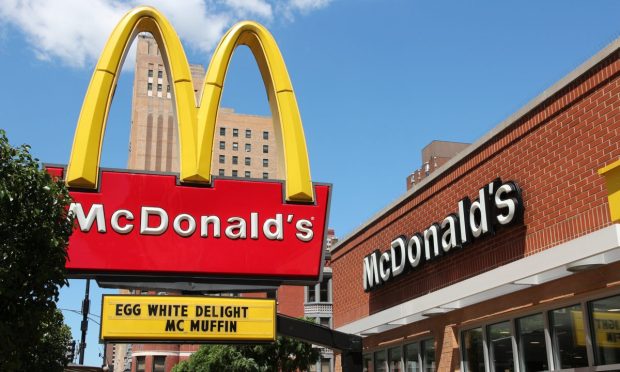McDonald’s Leverages Loyalty Personalization to Combat Aggregators

In just half a year since its loyalty program’s nationwide launch, quick-service restaurant (QSR) giant McDonald’s is already becoming a leader in the space, leveraging its program to build direct digital relationships with customers that reduce the need for third-party marketplaces.
“We’re well on our way to building the world’s largest loyalty program,” President and CEO Chris Kempczinski told analysts on a call Thursday (Jan. 27) discussing McDonald’s fourth-quarter 2021 earnings. “Loyalty is the single biggest driver of digital adoption, and MyMcDonald’s rewards has exceeded expectations in terms of enrollment and participation.”
He added that total membership has reached 30 million in the United States, with 21 million active members, a count comparable to those of years-long leaders in the space, Starbucks and Chipotle. McDonald’s membership base remains significantly behind Panera Bread’s program, which as of July 2020 had 40 million members, although the bakery-café chain did not disclose at the time how many of those members are regularly active.
Loyalty is a top priority for consumers, as is shown by data from this month’s edition of the Digital Divide Report, “Digital Divide: Minding The Loyalty Gap,” a PYMNTS and Paytronix collaboration, which featured a census-balanced survey of more than 2,400 U.S. adults about their restaurant habits. The study found that loyalty programs are the No. 1 feature that consumers say would most encourage them to make restaurant purchases by a significant margin, well ahead of even online ordering ability and drive-thru pickup options.
Read the report: Minding The Loyalty Gap
Kempczinski said the loyalty program has increased digital customer frequency by 10%, and loyalty members show higher satisfaction with the brand, adding that members have been “enjoying the personalization” of the program. This personalization is largely enabled by customer experience (CX) company Dynamic Yield, which McDonald’s acquired in 2019 and sold to Mastercard in a deal announced last month.
Read more: Mastercard to Acquire McDonald’s Personalization Platform, Dynamic Yield
Still, McDonald’s will continue to work with the financial services firm to improve its digital platforms. Kempczinski said the collaboration would help the QSR giant “expedite and integrate capabilities across ordering channels and across the globe,” growing more personalized to each customer’s wants and behaviors.
In the first half of this year, McDonald’s is launching its loyalty program in the United Kingdom and Australia. With this loyalty program and with the increasing personalization of the restaurant’s digital platforms, the company is making moves to incentivize direct orders, establishing ongoing relationships with its customers rather than losing the sale to third-party aggregators. Kempczinski noted that the company is “integrat[ing] McDelivery into our app,” allowing the company to own the transaction regardless of fulfillment method rather than turning to third parties for delivery.
Across the QSR industry, restaurants’ efforts to encourage consumer engagement through their direct channels have been quite successful. Research from the November edition of the Digital Divide study, “Digital Divide: Aggregators and High-Value Restaurant Customers,” found that 45% of QSR customers had ordered online from restaurant-owned channels in the previous three months, and only 23% said the same of ordering via third-party aggregator. With effective loyalty and CX investments, restaurants can further widen this gap.
Get the study: Aggregators and High-Value Restaurant Customers
